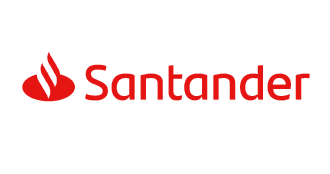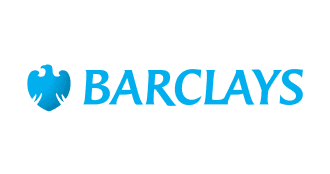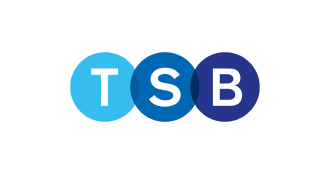How does an overdraft work?
An overdraft comes into play once the balance in your current account hits £0. Once you go below £0, you are ‘overdrawn’.
What happens next, however, is dependent on whether or not you have an arranged overdraft account.
An arranged overdraft has a set limit and interest rate agreed between you and your banking provider. If you have an arranged overdraft, you can borrow up to your approved limit and will pay interest on the amount you have borrowed until it is cleared.
If you don’t have an arranged overdraft, then you may be able to access an unarranged overdraft. This is when there isn’t enough money in your account to cover a transaction but the payment is allowed to go through by your bank nonetheless. It can also include going beyond the agreed limit of your arranged overdraft.
This will usually incur unarranged overdraft usage fees. Most banks will have a maximum monthly charge, the size of which will differ from provider to provider.
Not every bank account has an unarranged overdraft function. If it doesn’t, the bank will instead look to reject or refund the transaction in question.




















